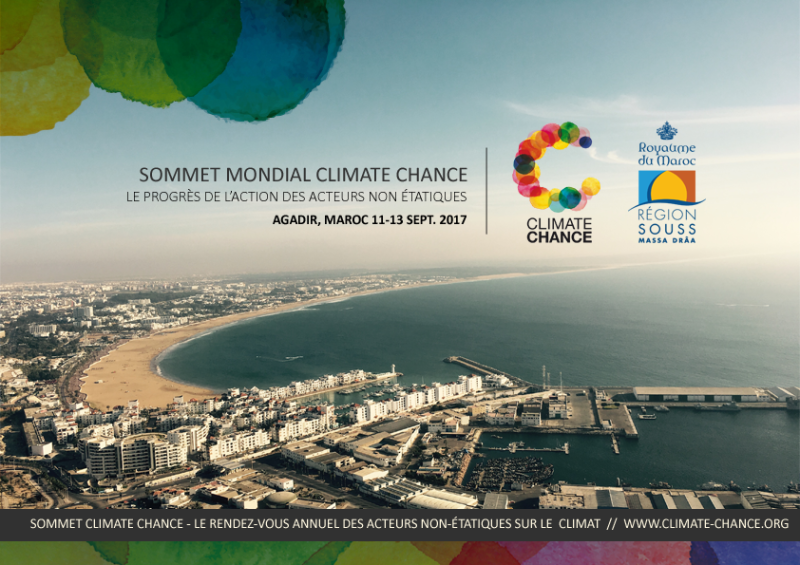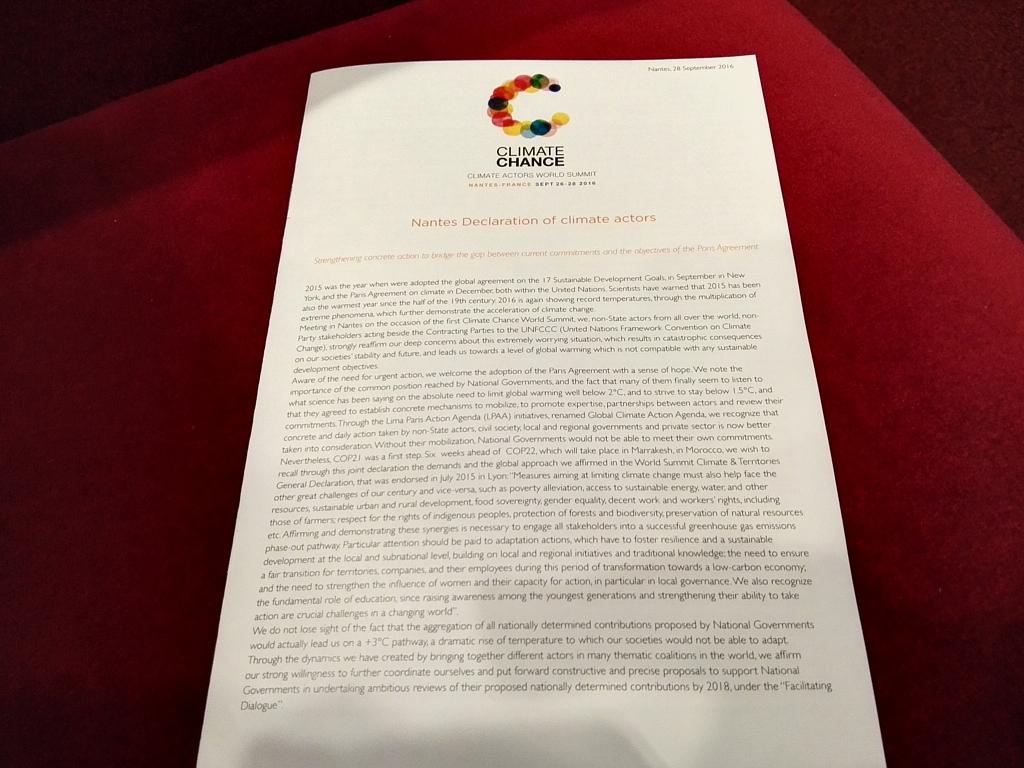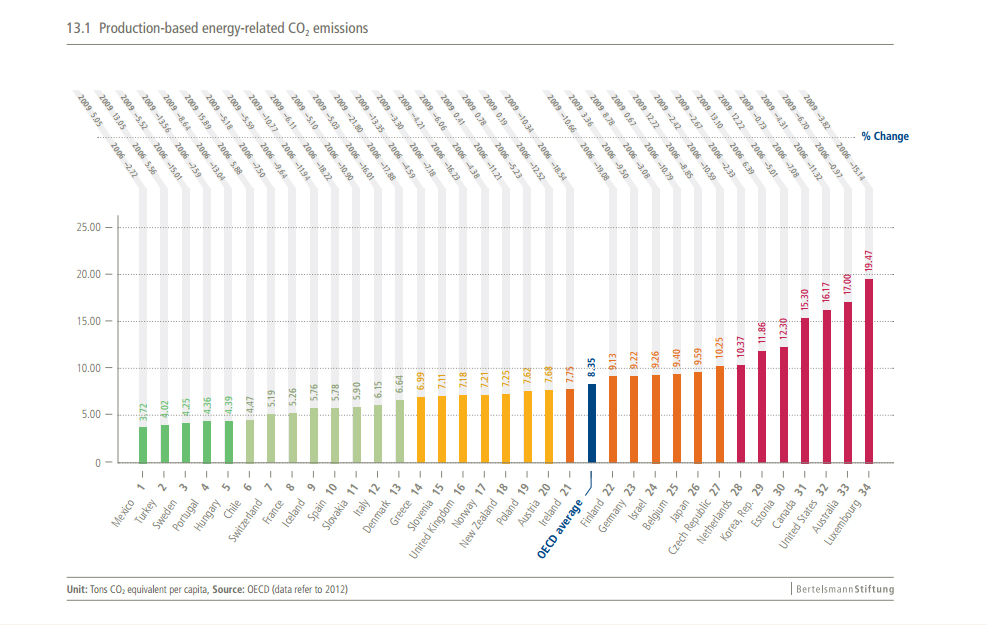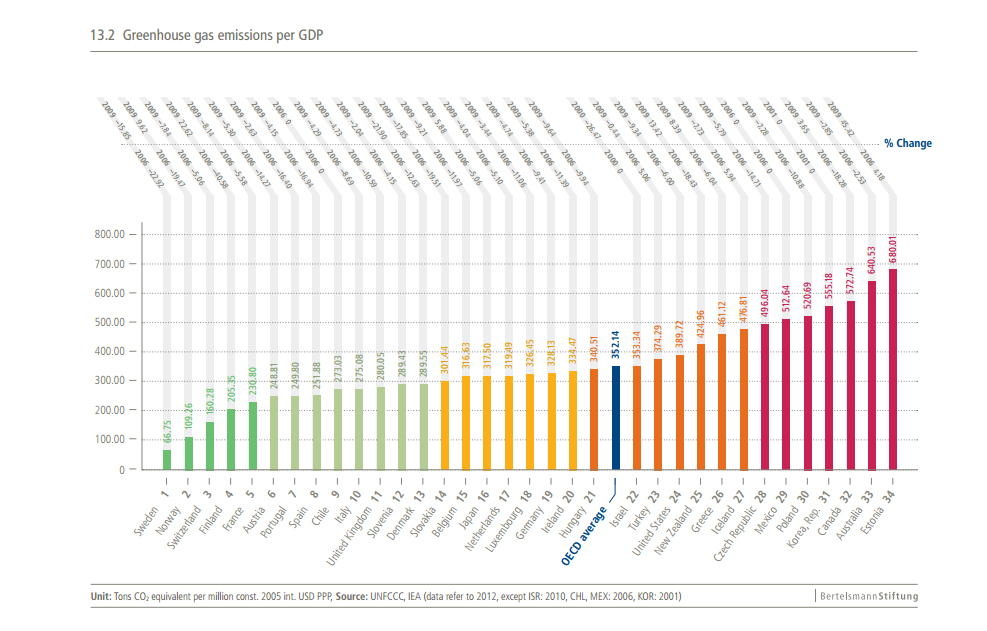Africa – Americas – Arab States – Asia & Pacific – Central Asia – Europe
When all the ice has melted, first I will be Warm and then I will be Cold.
Stay up-to-date with the analysis and outcomes of Disaster Risk Reduction and International Law Symposium 2017 by our Reading blog posts.
#ClimateChance #ClimateChance2017 #Agadir #COP22 #COP23 #ONG #Climat #Humanrights
1 #DRR Disaster Risk Reduction – “#Duty-to-Protect”
Disaster law initiatives to combat climate change – “Duty-to-Protect”
How to grapple with the increasing frequency and severity of a wide array of both ‘human-made’ and ‘natural’ disasters.
Experts say we have three years to save the planet
International law must comply by 2020 latest with national #disasterlaw
Under Sendai Framework priority 2 – Strengthening disaster risk governance to manage disaster risk (Duty to protect);
Global and regional levels
28. To achieve this, it is important:
(a) To guide action at the regional level through agreed regional and sub-regional strategies and mechanisms for cooperation for disaster risk reduction, as appropriate, in the light of the present Framework, in order to foster more efficient planning, create common information systems and exchange good practices and programmes for cooperation and capacity development, in particular to address common and trans-boundary disaster risks;
Are disaster management services the main duty-bearers to roll out DRR?
Break down legal fragment between DRR, Climate adaptation, the Tree proposal, Sendai framework, the SDGs, also between nuclear regulations.
Land use and forestry proposal for 2021-2030 – Forest laws to reduce deforestation.
National framework regulations needed now in;
- Land use and urban planning
- Building codes – Retrofits of existing buildings, Exemplary new buildings and Efficient equipment
- Environment and resource management
- Safety standards
Connect DRR and climate change, after New Zeeland 2010 Building code demolish or rescue.
2011 International convention from prevention of pollution from ships.
Mexico mainstreamed DRR law in all sectors. France mayor sent to prison for ignoring DDR laws.
Civil protection law = Disaster management (law to much focus on response)
Sectoral laws like Climate change adoption laws and development approvals important in rural and sub-urban areas. Linkage between environment laws and climate change laws.
Why do we need a lawyer? Protection of rights links to disaster
Legal disaster
Customs law disaster
Why compulsion and force?
Why international? Paragraph 14 Cooperation legal and not
Consent Capacity Building (ILC) framework adopted 2 months after Sendai 2018 next
Legislation/Regulations Is it a Self form of disaster risk reduction DRR?
Can monitoring DRR indicators alone identify (urban/rural) hazards and exercise disaster relief law of public response?
Disaster Ill-star
1950-60 Defense did research on disaster
Values scope and scale of a loss
Volition choices in relation to hazards
Valocity policies response times’ project, risk, predict – time horizon
Vicinity geography also social cultural economic, legal overlays
Vulnerabilities = impact outcome (origin)
Viewpoints philosophy
Victims disaster label, response label (victim-hood)
Katrina –> Depress obsess –> Super dome
Victims vs. Cash / Charity patterns
Natural more emo than man-made disaster
2003 August heatwave 14 802 (living on climbing 7th floor) – Time frame Chernobyl 100 (1 000 cancer)
Does climate legislation and regulation protect Who is an (urban/rural) disaster victim, healthy/sick people?
Core DRR mitigation and prevention response to disasters and hazards – linked to relief union
1st November 1755 Lisbon earthquake 1/3 loss – Urbanisation important
Voltaire unforeseeable and random – Urbanisation important
1927 National Relief Union
Preventive measures against disasters
UN early warning systems – Iran earth quake 1963
Pollution Sustainable Development
1980 Prevention Natural Disaster Reduction
1992 Rio declaration
UNFCCC – Framework Climate Change
Kyoto protocol
1991 Resolution 46182
Yokohama Framework
Millennium change
Climate change, Human rights, Environment law
Sendai
PREVENTION at activities and measures to avoid existing and new disaster risks.
MITIGATION de-licensing or minimizing of impact of hazardous events.
PREPARDENESS capacity developed by governments responds and recover organisation, community or individuals to effectively anticipate respond to and recover from the impact of likely or imminent or current disasters.
Commentary
Early Warning Systems
SARC-agreement
The obligation of recording casualties is not an instrument of to reflect disaster victims
Urban Disaster Law
Duty is a conduct and not a result, to shall reduce risk of disaster and harm precaused thereby.
The U.?N. Human Rights Council adopted the resolution, which was submitted by the Brazilian and Ecuadorian governments, last month at its headquarters in Geneva. Diplomats say the document could now lay the groundwork for more cities-focused work by the council –>
GOOD NEWS Adopted resolution #L30 – 37th Meeting, 35th Session Human Rights Council http://webtv.un.org/watch/ahrc35l.30rev.1-vote-item3-37th-meeting-35th-regular-session-human-rights-council/548071109600
Can the Sendai framework be enforced? Is there a will to extend the new international treaties within the domestic jurisdiction?
Exploring accountability, implementation and enforcement in the Sendai framework
States have a disaster law impact on human rights not only in their own territories. Also, often there is an extraterritorial disaster law impact – on people in the rest of the world.
This project aims to provide a critical evaluation of the law and policy of whether and to what extent disaster law vs. human rights law is and should be applicable to states extraterritoriality.
When forced climate migrants decide to make perilous border crossings: the causal role of disaster
Themes:
Climate Change, Community-based DRR, Education & School Safety, Environment & Ecosystems, Gender, Health & Health Facilities, Disaster Risk Management, Critical Infrastructure, Vulnerable Populations, Children and Youth
#ClimateChance #CCAgadir17 #Cities #EUSEW17 #c40cities #NUA #NAU #CCCRdg #Habitat3 #Humanrights
#SendaiFramework #Switch2Sendai #Policy #Governance
#Cities #Safety #Arctic #Maritime
#UCEEP
#HumanRights
#DRRplanning
#REinsurance
#Implementation
#EWS #EarlyWarningSystems
#Hazards
#Federation Disaster Law Programme
#RedCross #Oilspills #ocean #ships #environment
#Disasterlaw #UrbanDisasterLaw
#law #disaster #risk #reduction







 3 May 2016: UN Member States, international organizations and stakeholders held a week-long session of Open-Ended Informal Consultative Meetings in preparation for the UN Conference on Housing and Sustainable Urban Development (Habitat III). The Meeting aimed to advance discusssions on the New Urban Agenda to be adopted at Habitat III, and to prioritize actions and identify transformative commitments to move towards sustainable cities.
3 May 2016: UN Member States, international organizations and stakeholders held a week-long session of Open-Ended Informal Consultative Meetings in preparation for the UN Conference on Housing and Sustainable Urban Development (Habitat III). The Meeting aimed to advance discusssions on the New Urban Agenda to be adopted at Habitat III, and to prioritize actions and identify transformative commitments to move towards sustainable cities.